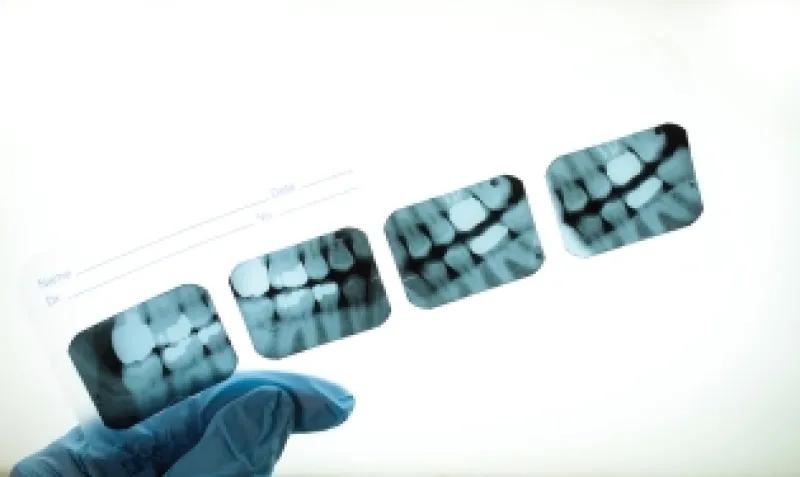November 04, 2015
How Root Planing and Dental Scaling Are Performed
Your dentist will use manual dental tools, ultrasonic instruments, or both to perform dental scaling. The first part of the procedure involves scraping plaque and tartar off of the surface of the teeth using a metal dental tool. Next, your dentist will use an ultrasonic scaling device to remove tartar, plaque, biofilm, and bacteria using sonic vibrations. Root planing is performed using a metal dental tool. Your dentist will use the tool to remove bacteria, plaque, and biofilm from in between the gum tissue and the tooth.
How Effectively the Procedures Treat Gum Disease
If you have gingivitis or mild gum disease, root planing and dental scaling are incredibly effective at reversing the disease. If you have more advanced periodontal disease, your dentist may combine planing and scaling with another form of periodontal treatment to ensure greater success. Regardless of the treatment method used, you will need to maintain healthy habits after a planing and scaling procedure to increase the likelihood that the procedure is successful.
How to Prevent Gum Disease After Treatment
After a root planing and dental scaling procedure, it's crucial that you practice proper oral hygiene at home, and visit your dentist regularly for professional dental cleanings and exams. To prevent the buildup of harmful plaque, tartar, and bacteria in your mouth, you must brush your teeth twice per day and floss once per day. You should visit a dentist near you every six months for a thorough dental exam and cleaning. Your dentist will monitor you for signs of gingivitis, gum disease, root canal trouble, and receding gums.



